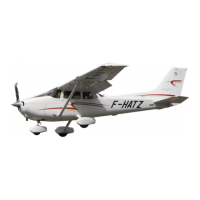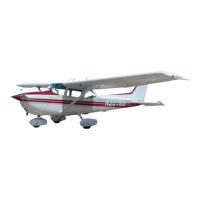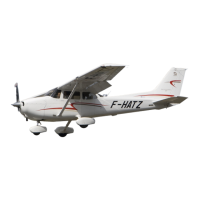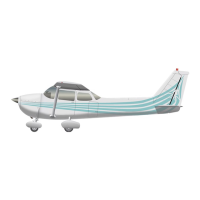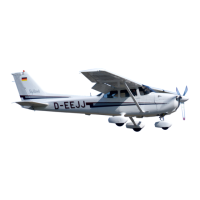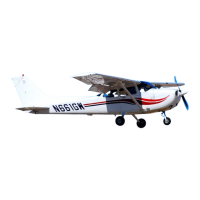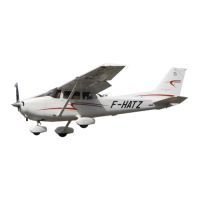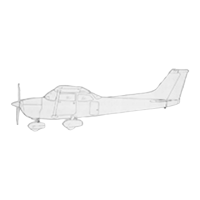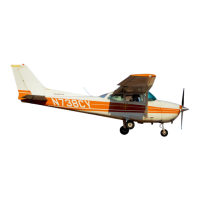SECTION 4
NORMAL PROCEDURES
AMPLIFIED
PROCEDURES
PREFLIGHT INSPECTION
CESSNA
MODEL 172S NAV
III
The Preflight Inspection, described
in
Figure
4-1
and adjacent
checklist, is required prior to each flight. If the airplane has been
in
extended storage, has had recent major maintenance, or has been
operated from rough runways, a more extensive exterior inspection
is recommended.
Before every flight, check the condition of main and nose landing
gear tires. Keep tires inflated to the pressure specified in Section
8,
Airplane Handling, Service And Maintenance. Examine tire
sidewalls for patterns of shallow cracks called weather checks.
These cracks are evidence of tire deterioration caused by age,
improper storage, or prolonged exposure to weather. Check the
tread of the tire for depth, wear, and cuts. Replace the tire if fibers
are visible.
After major maintenance has been performed, the flight and trim tab
controls should
be
double checked for free and correct movement
and security. The security of all inspection plates on the airplane
should
be
checked following periodiC inspections. If the airplane
has been waxed or polished, check the external static pressure
source hole for stoppage.
If the airplane has been kept in a crowded hangar, it should be
checked for dents and scratches
on
wings, fuselage, and tail
Isurfaces, damage to navigation, strobe lights, and avionics
antennas. Check for damage to the nosewheel steering system, the
result of exceeding nosewheel turning limits while towing.
Outside storage for long periods may result in dust and dirt
accumulation on the induction air filter, obstructions
in
airspeed
system lines, water contaminants
in
fuel tanks and
insecVbird/rodent nests in any opening. If any water is detected
in
the fuel system, the fuel tank sump quick drain valves, fuel reservoir
quick drain valve, and fuel strainer quick drain valve should all
be
thoroughly drained again. The wings should then
be
gently rocked
and the tail lowered to the ground to move any further contaminants
to the sampling points. Repeated samples should then be taken at
all quick drain points until all contamination has been removed.
If,
after repeated sampling, evidence of contamination still exists, the
fuel tanks should
be
completely drained and the fuel system
cleaned.
(Continued Next Page)
L-24
U.S.
172SPHAUS-03
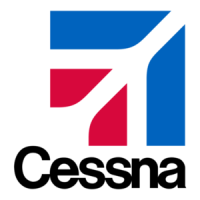
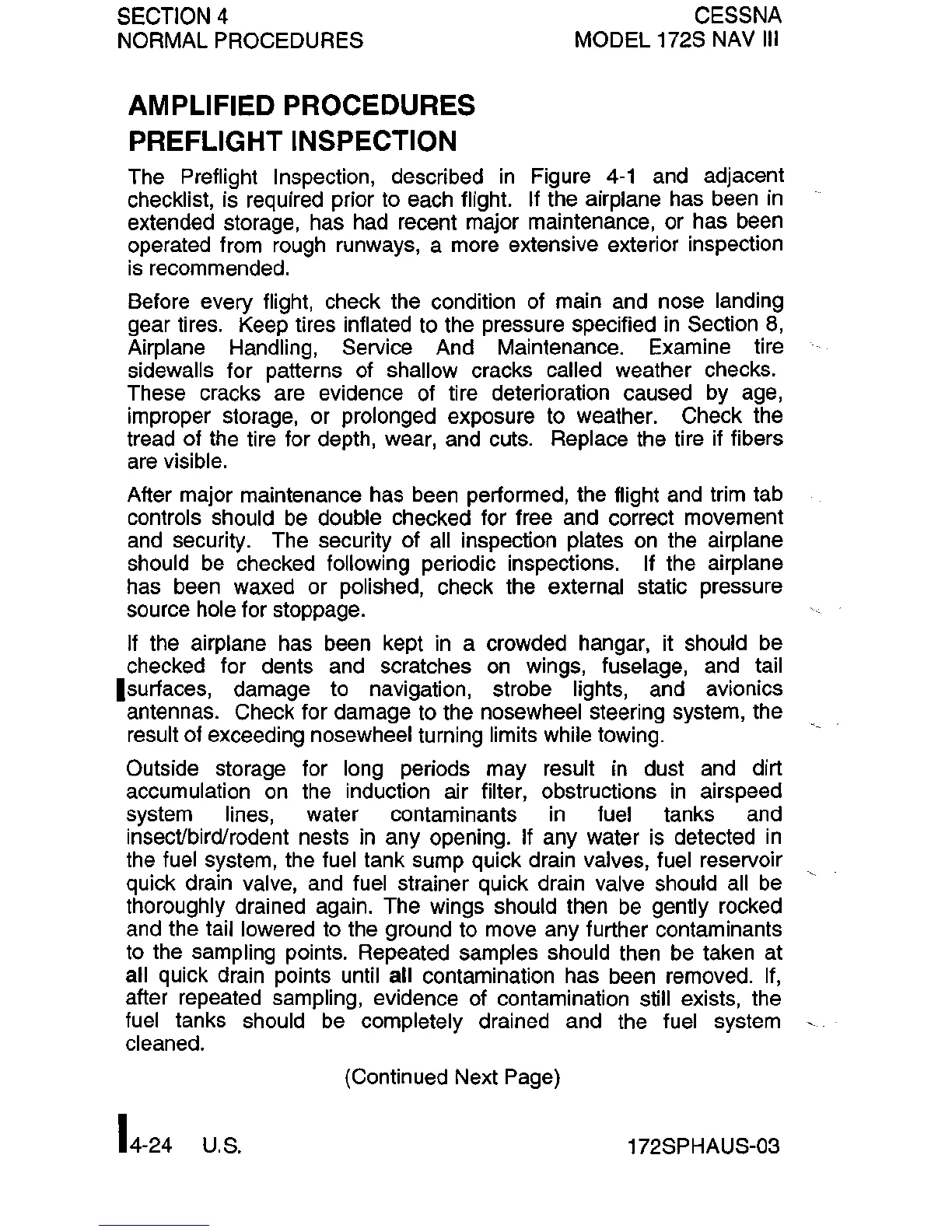